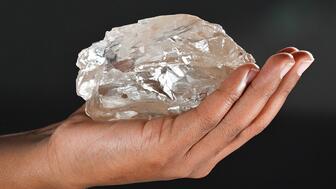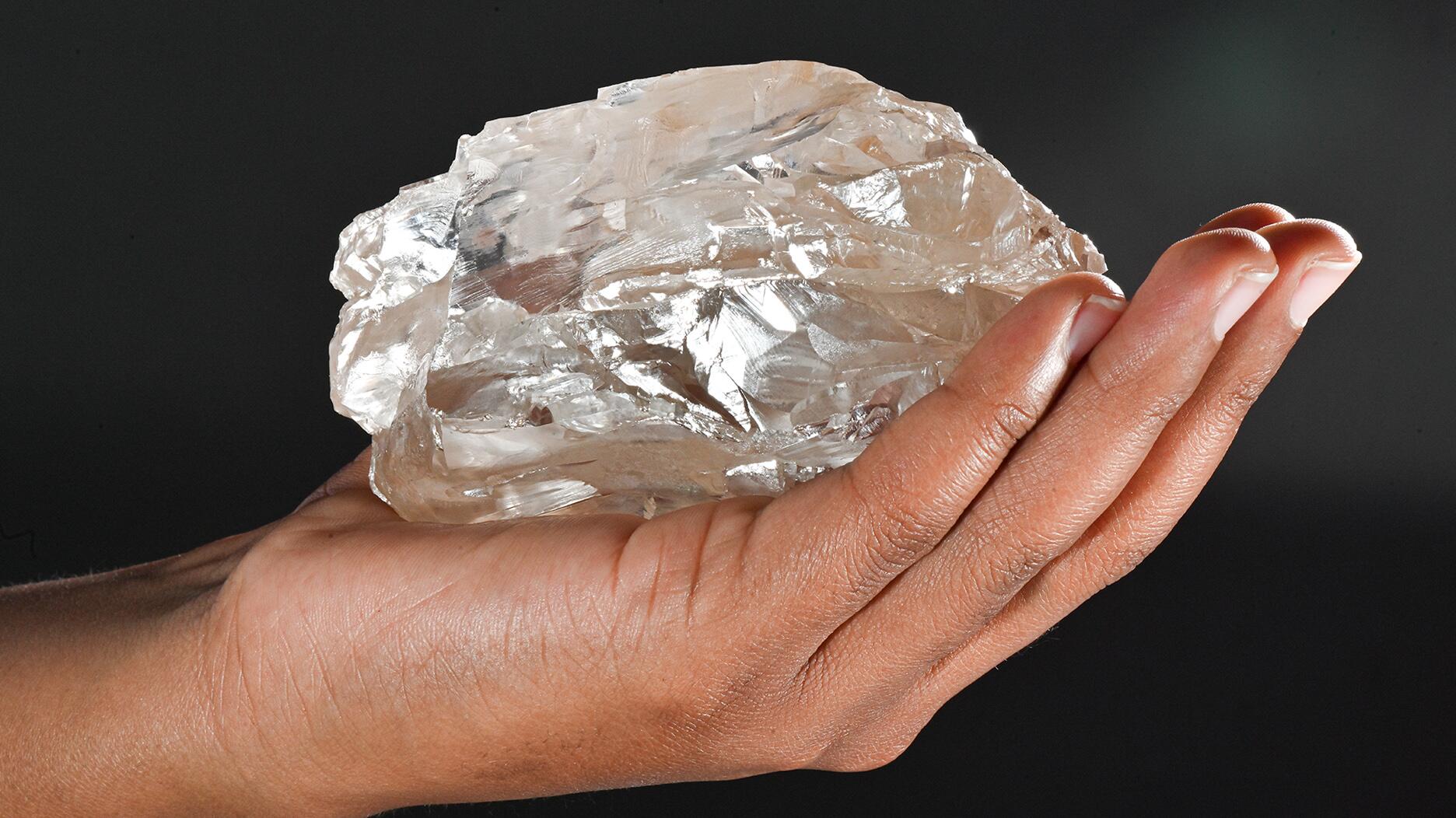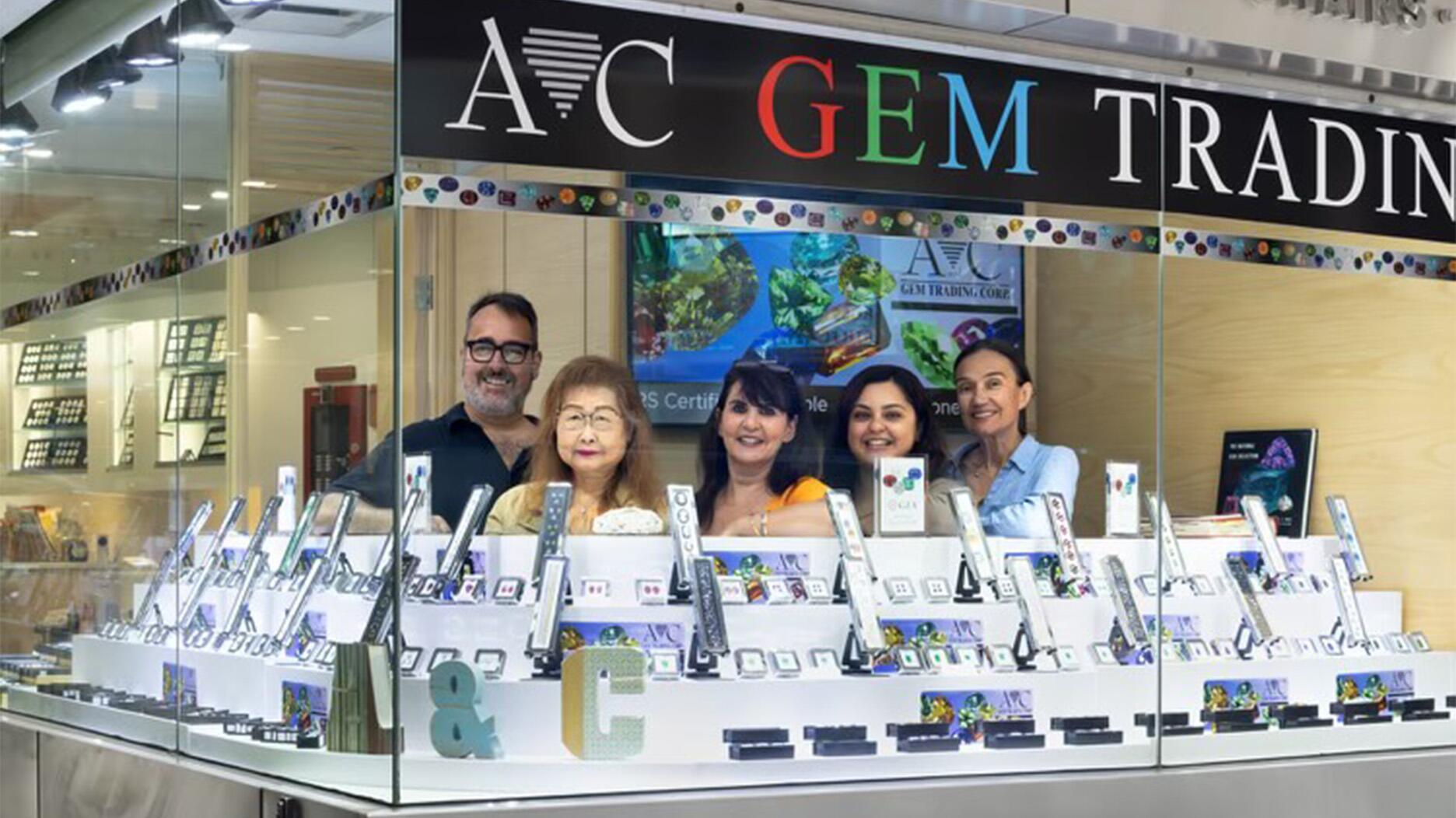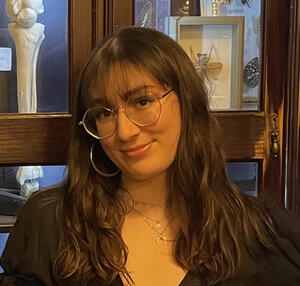State of the Diamond Industry: Botswana Beyond Diamonds
From moringa to ecotourism in the Okavango Delta, the country and its leaders are exploring how Botswana can diversify its economy.
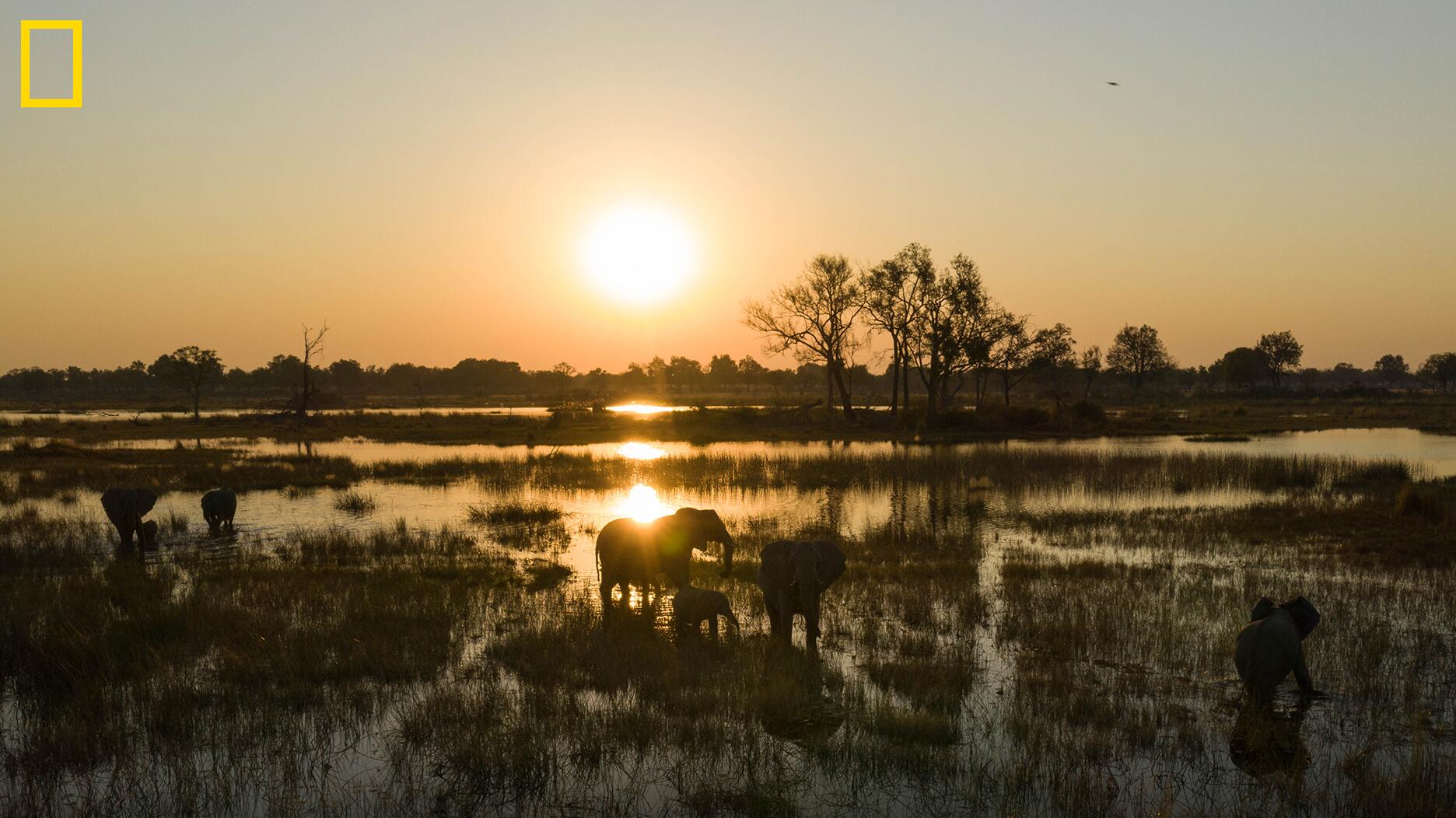
Botswana is a landlocked country located in southern Africa.
Though it is roughly the size of France (pop. 68.4 million), it is home to only about 2.5 million people, making it one of the most sparsely populated countries in the world.
The land was a British protectorate known as Bechuanaland from 1885 until it gained its independence in 1966.
In 1967, just as Botswana was breaking free, De Beers discovered a kimberlite pipe at the site of what eventually became the Orapa mine. The discovery was so influential for Botswana, the mine’s first processing plant is featured on the reserve side of the 20 pula bank note to this day.
In 1969, De Beers and the government of Botswana formed the De Beers Botswana Mining Company as a joint venture. It became the Debswana Diamond Company (Pty) Ltd., or simply Debswana, in 1992.
The government owned a 15 percent stake in the company at the outset but increased its shareholding to 50 percent in 1975.
In June 2023, De Beers Group and the government of Botswana signed what many believe could be their last 10-year sales agreement.
It is the (slightly delayed) successor to the last 10-year sales agreement signed in 2011, which authorized the migration of aggregation and sales operations from London to Gaborone, Botswana’s capital, and the establishment of the Okavango Diamond Company. ODC conducts rough diamond sales on behalf of the Botswana government, independent of De Beers.
“Decades from now, when our successors look back, it will actually be the creation of the multi-billion-pula Diamonds for Development Fund that will be the most enduring element of the [new sales] agreement.”— Al Cook, De Beers Group
Media coverage of the signing focused largely on the fact that the government of Botswana will be taking an increasingly larger share of the country’s production in the coming years.
There was, however, another element of the agreement that is not about divvying up diamonds; it is about life in Botswana after diamonds.
The “Diamonds for Development Fund” is a reserve that will be used to create potentially tens of thousands of new jobs in the country, both by expanding the Botswana-based diamond industry and supporting the growth of other industries.
While details were still being finalized as of press time, initial plans for the fund call for an upfront investment by De Beers of 1 billion Botswana pula (BWP), the equivalent of about $75 million.
Further contributions over the next 10 years could total as much as BWP 10 billion ($750 million).
Remarking on the fund at the Natural Diamond Summit held in Gaborone, Botswana, in November, De Beers CEO Al Cook said, “Perhaps decades from now, when our successors look back, it will actually be the creation of the multi-billion-pula Diamonds for Development Fund that will be the most enduring element of the agreement in the diversification of Botswana’s economy.
“Our partnership with the Republic of Botswana has endured for more than 50 years, not by standing still but by evolving. This new agreement demonstrates the vision of the government to look beyond mining, to look even beyond natural resources, to grow sustainably the prosperity of the people of Botswana for decades to come.”
Life of Botswana’s Mines
Botswana, the world’s top diamond producer by value, currently has four active diamond mines: Jwaneng, Orapa, and Letlhakane—all operated by Debswana—and the Karowe mine, which Lucara Diamond Corp. owns and operates.
Together, these four mines produced 25.1 million carats of diamonds in 2023, with the Debswana mines accounting for 77 percent of De Beers’ overall annual production.
Jwaneng, the richest diamond mine in the world, was responsible for more than half of Debswana's total production, though open-pit operations at the mine are in their final decade.
The current life of the Jwaneng mine is projected as 2036 in the latest Ore Reserves and Mineral Resources Report from De Beers’ parent company Anglo American.
That includes the current Cut-9 expansion project, the last open-pit project to prolong the life of the mine.
After this final “cut,” Jwaneng will transition to underground operations, which Debswana anticipates will extend the mine’s life beyond 2050.
In January, De Beers announced that following completion of feasibility studies, the Debswana board had approved a $1 billion investment in the next phase of the project.
At Lucara’s Karowe mine, the open pit is projected to run dry by 2026, but underground operations, which have not yet commenced, are expected to extend the mine’s life until 2040.

Orapa is set to close in 2037, while operations at its satellite mine, Letlhakane, are projected to continue for six years beyond that, through 2043.
Together, Orapa and Letlhakane produced 11.4 million carats of diamonds last year. (There is a fifth diamond mine in Botswana, another Orapa satellite called Damtshaa, but it was shut down in 2021.)
All this means that, barring any new discoveries or major projects that prolong the life of its mines, Botswana has 35 years of diamonds left at best, a reality the country has been well aware of and discussing for years.
“It’s not [just] now; it’s always been a reality that the economy needs to diversify, not wait for the last diamonds to come out of the mine, because that would not be a sustainable way of developing the economy,” says Wanetsha Mosinyi, who grew up in Botswana and now serves as De Beers’ social investment and sustainability manager in the country.
“Ever since I was a child, economic diversity was something that was mentioned. That’s really a reality. It’s always been there.”
A ‘Vision’ for the Future
In his 2023 “State of the Nation” address, delivered in November and streamed live worldwide via Facebook, Botswana President Mokgweetsi Masisi noted the significant impact the diamond market’s ups and downs have on his country.
According to Masisi’s speech, Botswana’s economic growth slowed to 3.8 percent in 2023 from 5.8 percent in 2022, a decline he attributed solely to weak demand for rough diamonds.
The 2023 average annual growth rate falls short of the 6 percent needed to elevate Botswana from an upper middle-income country to a high-income country according to World Bank standards, one of the goals outlined in “Vision 2036,” the country’s current 20-year plan.
“It is for this reason that we are intensifying our efforts to transform the economy and [it is why] sustainable economic development remains central to the government’s development agenda,” Masisi said.
Botswana is eight years into “Vision 2036,” its second 20-year plan. Developed in 2016, the year the country celebrated 50 years of independence, it is the successor to the first national “Vision” plan, which spanned 1996-2016.
Vision 2036 plan is built around four pillars. They are: sustainable economic development; human and social development; sustainable environment; and governance, peace, and security.
“It’s really important that Botswana diversify and use the diamond revenue to help [do so].”— Wanetsha Mosinyi, De Beers Group
Mosinyi says when De Beers developed its 2020 sustainability plan called “Building Forever,” it tried to align its goals with those the government outlined in Vision 2036.
One of the main shared goals is to transform Botswana into a knowledge-based economy, something Masisi mentioned multiple times in his address.
To this end, De Beers conducted a skills study in collaboration with global nonprofit the International Youth Foundation to, “give us a view of really what is the challenge with youth and employment, where is the skills gap,” Mosinyi says.
The study showed that Botswana has a lot of information technology graduates, but they are not trained on the more advanced technologies like artificial intelligence or the ‘Internet of Things,” or IoT, meaning the devices that have sensors, processing ability, and software that connect and exchange data with other devices and systems over the internet.
(Common examples of IoT devices include connected automobiles and wearables, like the Apple Watch or the Samsung Galaxy watch, though IoT usage and possibility extend well beyond the consumer space.)
Another goal of Botswana—and again one that Masisi hit upon in his address—is to be export-led and less dependent upon other countries for imports.
Agriculture is one area Botswana has identified as a potential source of new or increased exports.
Mosinyi says one crop that is under consideration for further development is moringa, a “superfood” plant.
Work currently is underway to determine where in Botswana the soil is suitable to grow the drought-resistant moringa tree and who can transform the crop into the byproducts people use and consume—the oils, teas, juices, powders, and capsules—for export, he says.
In 2019, De Beers partnered with four other organizations on a moringa tree project in South Africa’s Limpopo province, where the Venetia mine is located, that involved 60 farmers. It is looking to mirror that effort in Botswana, Mosinyi says.
Another route Botswana is exploring is expanding tourism but doing so with a sustainable component.
The Draw of the Delta
In the World Economic Forum’s 2021 Travel & Tourism Development Index (TTDI), Botswana ranked 76th out of the 117 nations studied.
The index benchmarks the factors and policies in place in each country that enable the development of the travel and tourism industry, which, in turn, contributes to the country’s economy.
Botswana moved up two places since the index was last published, improving alongside its geographic neighbors.
It also topped all but two other sub-Saharan Africa nations, the island nation of Mauritius (No. 62) and South Africa (No. 68).
The report noted that sub-Saharan Africa “has had the greatest improvement in TTDI performance since 2019, with 17 out of the 21 regional countries covered by the index increasing their TTDI scores. Nevertheless, the region still lags behind other regions, undermining its great potential as a T&T (travel and tourism) economy.
“Africa’s opportunity for tourism lies in several factors, not least of which are its price competitiveness and potential for nature tourism. However, several obstacles undermine T&T in the region. Government support for the sector could be improved via better data collection and marketing. In particular, nature tourism can be bolstered by higher-quality online promotion and increased focus on environmental sustainability.”
The draws for tourists in Botswana are, of course, safaris—tours through national parks like Chobe and Nxai Pans to spot “The Big Five” safari animals—but Mosinyi says the government sees potential in so-called ecotourism.
Ecotourism is the marketing term applied to the current trend of people taking trips into nature that, generally speaking, involve getting there sustainably, interacting with wildlife in a responsible manner, learning about the challenges facing that particular ecosystem, and contributing or donating to conservation efforts.
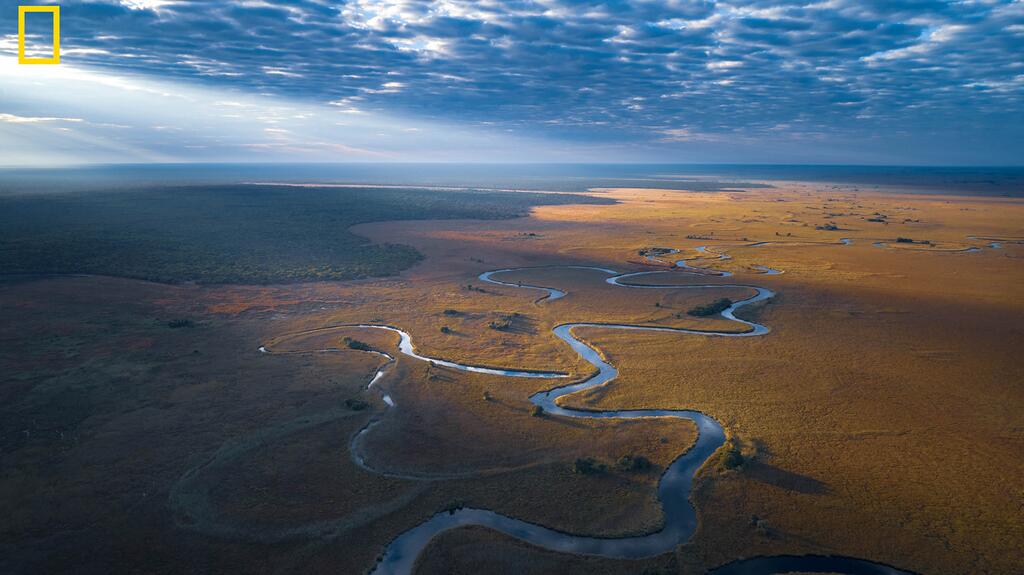
“Ecotourism is an opportunity,” Mosinyi says, particularly in the Okavango Delta, where the government wants the experience to be low volume but high quality.
In other words, it’ll be expensive, but it will be worth it.
One of the largest inland deltas in the world, the Okavango Delta is located in northwestern Botswana.
The land is all protected, some as part of the Moremi Game Reserve and the rest managed by private trusts or tourism companies.
But the Delta is part of the greater Okavango Basin (also known as the Kalahari Basin), which doesn’t enjoy the same level of protection. The basin spans southern Angola, eastern Namibia, and northern Botswana and is fed by rain from Angola’s Highlands.
Since 2015, National Geographic has been working to secure permanent, sustainable protection for the basin through its Okavango Wilderness Project.
In 2021, De Beers made a five-year commitment to help the National Geographic Okavango Wilderness Project further its mission by providing money and resources to protect endangered species, support conservation, develop job opportunities for people, and raise awareness about the area’s importance.
Mosinyi says through the partnership with National Geographic, De Beers wants to learn more about how climate change is impacting the area and then empower the people who live there with that knowledge.
He says it wants to provide scholarships for local residents to learn about the environment they are growing up in, become scientists, and work to protect the Delta themselves.
“So, when the diamond market is not doing well, the economy can balance itself and that’s really key,” Mosinyi says. “It’s really important that Botswana diversify and use the diamond revenue to help [do so].”
Designs of the Future
While Botswana’s diamond mines, like the rest of the mines around the world, will one day run out of fresh supply, there are myriad jobs involving jewelry that will endure as existing stocks are recycled and the human desire to adorn persists.
Jewelry designer is one of them.
The work of European creators Jeanne Toussaint (1887–1976), Suzanne Belperron (1900-1983), and Elsa Peretti (1940-2021) continue to influence jewelry design today.
Their names are mentioned regularly as sources of inspiration (or, some might argue, imitation), and pieces they created decades ago are prized on the secondhand market.
So, why shouldn’t the designers of the future—the people making jewelry 50 or 100 years from now—have designers from Botswana, the source of so many diamonds, to idolize?
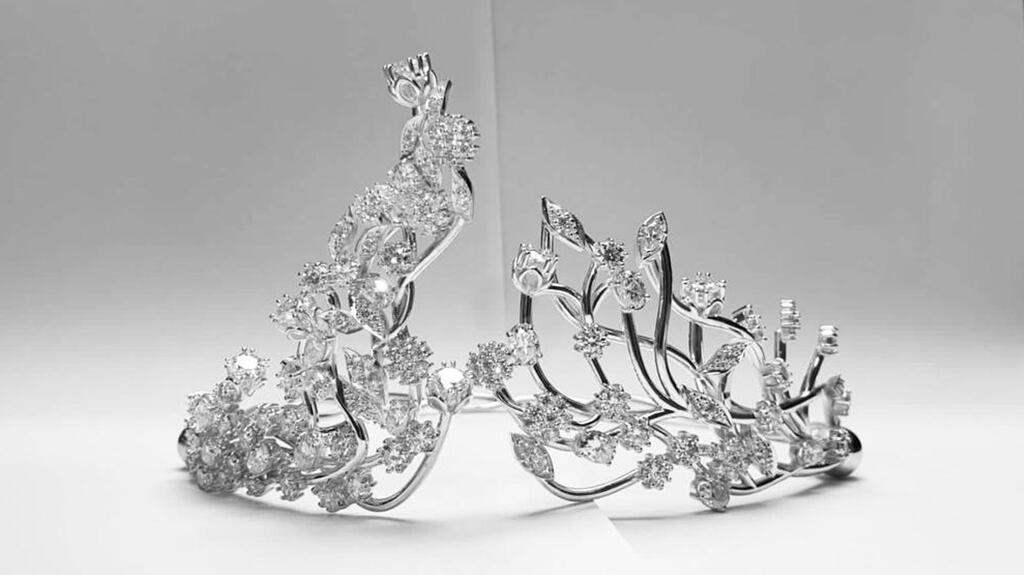
Designer Caiphas Othomile, founder of La Calla Jewellery, is a three-time winner of De Beers’ Shining Light Awards, part of the De Beers Group Designers Initiative, which aims to cultivate and recognize design talent in diamond-producing countries.
Othomile didn’t grow up thinking he’d become a jewelry designer. Jewelry, in his mind, was something people wore only for special occasions like weddings; it wasn’t a career path. But he always had a talent for art, drawing in particular.
His work has a fluidity and grace to it, and Othomile says he finds inspiration in the world around him.
In designing the crown for the Miss Botswana pageant in 2022, Othomile looked to sorghum, another natural resource that played a big role in the development of Botswana.
“These are the stories I want to tell, even internationally. I want to do something that is a contemporary piece that even someone outside the country can relate to,” he says.
Another Shining Light Award winner, Khumo Makwa, founder of 89 Carat Street, also did not necessarily envision becoming a jewelry designer, though she had some early exposure to diamonds.
She explains, “Ever since I was a little girl growing up in Jwaneng, which is a diamond mining town, I’ve been intrigued by diamonds. My grandfather [who worked at Jwaneng] would tell us stories about diamonds, so I’ve been intrigued from a very young age.”
After graduating from high school, Makwa was chosen to study accounting at the University of Botswana but quickly realized it left her creative side unfulfilled.
She pivoted to studying jewelry in South Africa. She knew she loved fashion but didn’t want to become a fashion designer, and the idea of being a diamond grader was boring, so Makwa landed on the idea of designing jewelry.
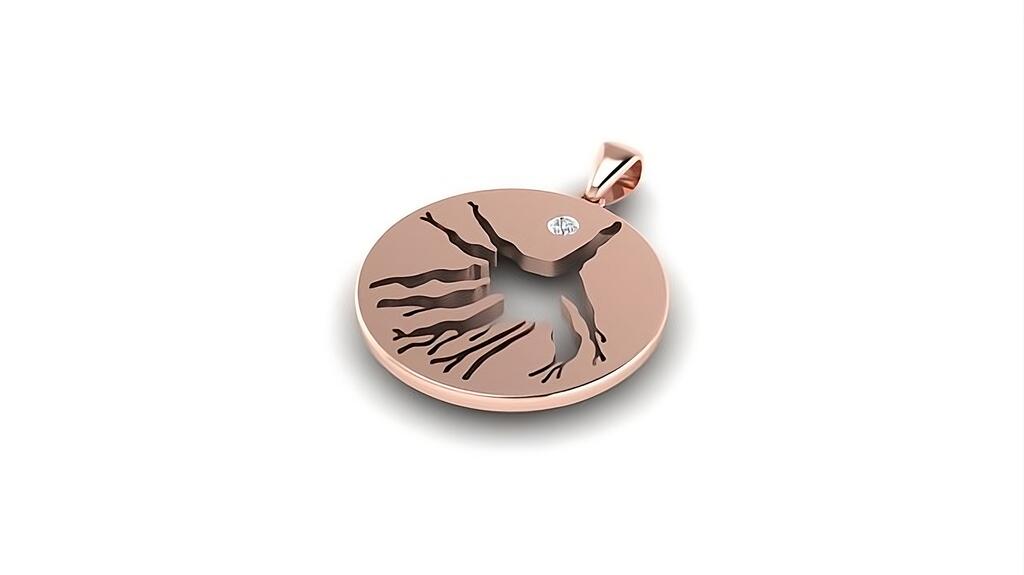
It is a way for her to express her love for art and diamonds at the same time and, like Othomile, she uses her jewelry to tell stories about Botswana.
She says her “Okavango Delta Collection” pays homage to the natural wonder, noting that one time, when President Masisi spoke about the Delta, he said, “It’s like God just left yesterday.”
The collection was meant to convey not only the beauty of the area but also to reflect the interconnectedness of life and the delicate balance of nature found there.
The collection also, she says, serves as a “call to the heart,” a reminder of the importance of preserving the area for future generations.
“The Delta is a world marvel,” Makwa says. “It is our nation’s pulse.”
The Latest

Said to be the first to write a jewelry sales manual for the industry, Zell is remembered for his zest for life.

The company outfitted the Polaris Dawn spaceflight crew with watches that will later be auctioned off to benefit St. Jude’s.

A buyer paid more than $100,000 for the gemstone known as “Little Willie,” setting a new auction record for a Scottish freshwater pearl.

Supplier Spotlight Sponsored by GIA.
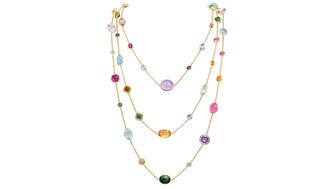
Anita Gumuchian created the 18-karat yellow gold necklace using 189 carats of colored gemstones she spent the last 40 years collecting.

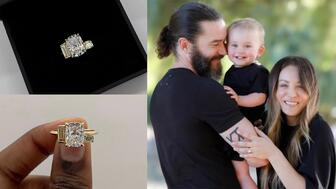
The three-stone ring was designed by Shahla Karimi Jewelry and represents Cuoco, her fiancé Tom Pelphrey, and their child.
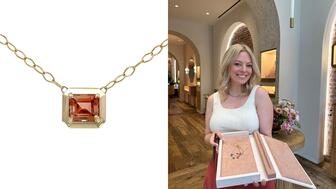
The Manhattan jewelry store has partnered with Xarissa B. of Jewel Boxing on a necklace capsule collection.

Supplier Spotlight Sponsored by GIA

Acting as temporary virtual Post-it notes, Notes are designed to help strengthen mutual connections, not reach new audiences.
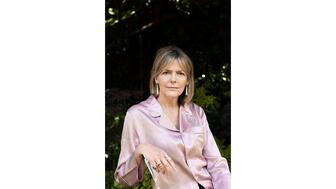
The jewelry historian discusses the history and cultural significance of jewelry throughout time and across the globe.

From fringe and tassels to pieces that give the illusion they are in motion, jewelry with movement is trending.
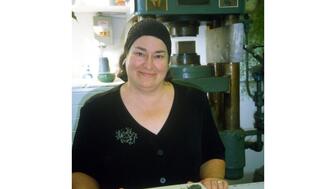
The designer and maker found community around her Philadelphia studio and creative inspiration on the sidewalks below it.

The change to accepted payment methods for Google Ads might seem like an irritation but actually is an opportunity, Emmanuel Raheb writes.

The industry consultant’s new book focuses on what she learned as an athlete recovering from a broken back.
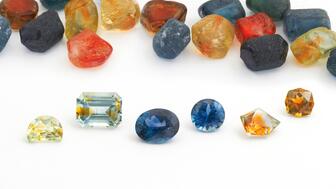
The fair will take place on the West Coast for the first time, hosted by Altana Fine Jewelry in Oakland, California.

Hillelson is a second-generation diamantaire and CEO of Owl Financial Group.
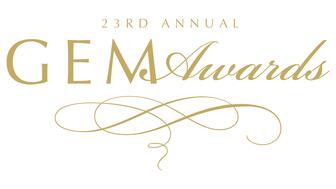
Submissions in the categories of Jewelry Design, Media Excellence, and Retail Excellence will be accepted through this Friday, Aug. 23.
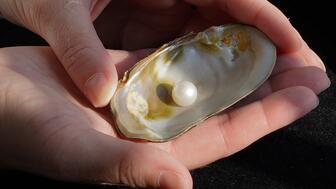
Known as “Little Willie,” it’s the largest freshwater pearl found in recent history in Scotland and is notable for its shape and color.

Clements Jewelers in Madisonville cited competition from larger retailers and online sellers as the driving factor.

Most of the 18th century royal jewelry taken from the Green Vault Museum in Dresden, Germany, in 2019 went back on display this week.

The Pittsburgh jeweler has opened a store in the nearby Nemacolin resort.
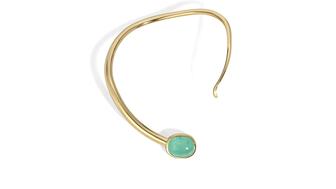
With a 40-carat cabochon emerald, this necklace is as powerful and elegant as a cat.

The Erlanger, Kentucky-based company was recognized for its reliability when it comes to repairs and fast turnaround times.
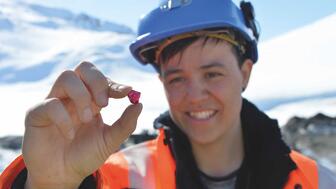
Unable to pay its debts, the ruby and sapphire miner is looking to restructure and become a “competitive and attractive” company.

The trend forecaster’s latest guide has intel on upcoming trends in the jewelry market.

Ingraham said she’ll use the scholarship funds to attend the Women’s Leadership Program at the Yale School of Management.
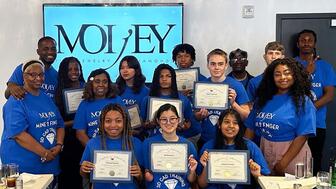
Moijey Fine Jewelry & Diamonds held a three-week “Mine to Finger 3D Jewelry Program.”

